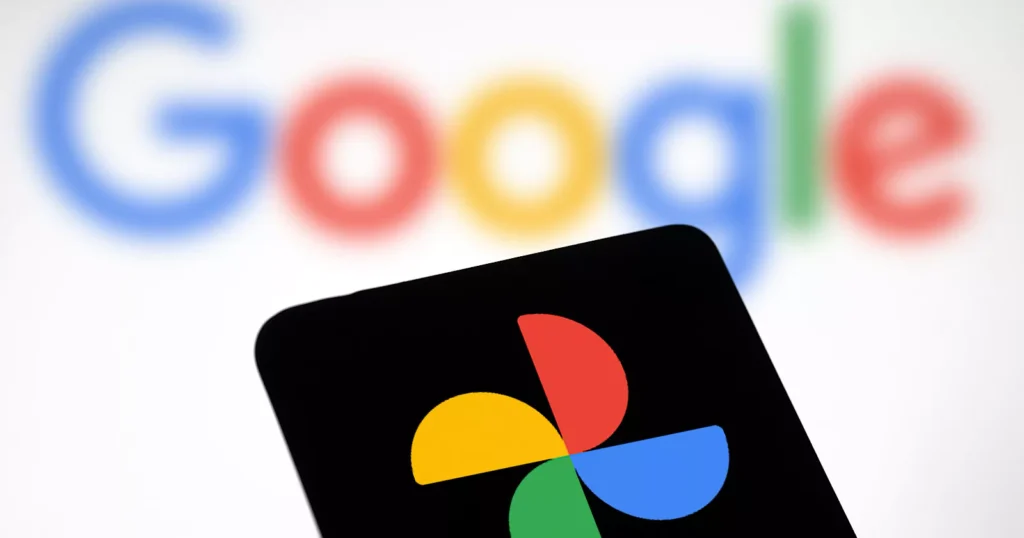Google Expands Visual and Audio Search Capabilities with Powerful New AI Tools

Google is taking search to the next level with a set of advanced AI tools that are set to revolutionize how users discover content visually and through sound. The company’s latest update expands its visual and audio search capabilities, making it easier than ever to find information using images and sound clips. With these new features, Google aims to enhance user experience and meet the growing demand for more intuitive ways to interact with technology.
The visual search tool has significantly upgraded, allowing users to perform more complex image-based searches. Leveraging AI, Google can now better understand the context of an image and identify specific objects, locations, and even text within images. For example, snapping a picture of a famous landmark can reveal its name and history and provide related information, such as nearby attractions or restaurants. Similarly, an image of a product can now lead users directly to online retailers that sell it, complete with pricing and availability.
However, Google’s advancements aren’t just limited to images. The company has also introduced new AI-powered audio search capabilities. Users can now more accurately identify sounds, songs, or even spoken phrases. Google’s AI models can recognize various sounds, from musical genres to animal calls and even obscure noises. For example, if you hear a song snippet in a store and want to know the artist, Google’s audio search can quickly provide you with the answer and link you to streaming platforms.
These upgrades are driven by the same technology powering Google’s renowned image recognition and speech-to-text models, which have become increasingly sophisticated in recent years. Integrating these AI tools enhances the user experience and aligns with Google’s goal of making search more accessible and versatile. Now, whether you’re using your phone’s camera or your voice, you can search for almost anything, regardless of whether it’s something you can describe in words.
One of the most notable enhancements in visual search is its ability to interpret combined search queries. For instance, users can now upload an image and type additional text to narrow down their results. For instance, a photo of a pair of sneakers paired with the text “blue color” will refine the search to only show blue variations of that sneaker style. This multimodal search capability allows for deeper customization and context-based searching, reducing the need for endless scrolling and guesswork.
The audio search updates are also a boon for music enthusiasts. The AI can now identify songs with just a few seconds of humming or whistling. Google has trained its models on an extensive database of melodies and rhythms, enabling it to match even imperfect renditions of tunes. So, the next time you have a song stuck in your head but can’t remember the lyrics or artist, you can hum it into Google and get results almost instantly.
Google’s enhancements also come with improved language support. The new tools now recognize and process queries in over 100 languages, making visual and audio searches accessible to a broader global audience. This update is precious for non-English speakers or multilingual users who often find it challenging to search in their native languages. By supporting a more comprehensive range of languages, Google aims to bring its advanced AI capabilities to users worldwide, breaking down language barriers and expanding the reach of its tools.
Privacy and accuracy remain top priorities as Google rolls out these new features. The company has emphasized that user data will be handled carefully, and audio clips or images used for search will not be stored permanently. Google’s AI models have also undergone rigorous testing to minimize errors and biases, ensuring that the new visual and audio search tools deliver reliable and relevant results.
With these groundbreaking updates, Google is redefining what it means to search. Introducing sophisticated AI tools that cater to visual and audio queries sets a new standard for how users interact with technology. As these features continue to evolve, they promise to make finding information faster, easier, and more intuitive than ever before. For now, users can explore a new world of possibilities simply by pointing their cameras or humming a few notes, bringing the future of search one step closer.
